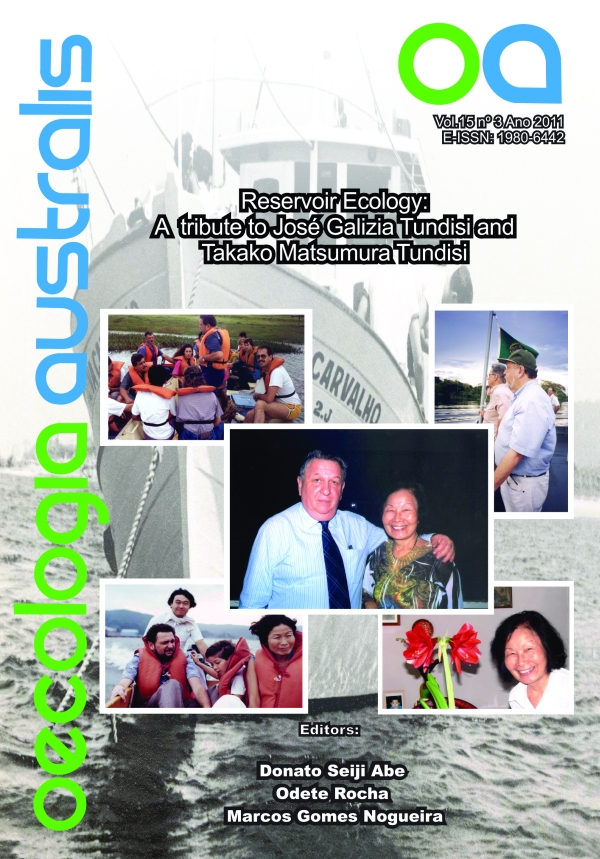ENVIRONMENTAL EFFECTS OF HYDROPOWER RESERVOIRS ON WILD MAMMALS AND FRESHWATER TURTLES IN AMAZONIA: A REVIEW
Keywords:
Hydropower, mammals, monitoring, reservoir, turtlesAbstract
Brazilian legislation only grants the necessary licenses to build hydroelectric plants (previous license, installation and operation licenses) if environmental impact assessment studies are carried out, and if mitigation and compensatory measures are taken. The formation of a reservoir causes natural habitat loss and significant alteration for wild terrestrial and aquatic mammals, and hydroelectric plants in Amazonia have affected ecological feeding and reproductive habitats of aquatic mammals and chelonians. Monitoring programs carried out in those reservoirs have shown mammals and chelonians fitting their feeding and reproductive behavior repertoire to the new habitat created by reservoirs. During the initial phase of implantation of the hydroelectric reservoir, terrestrial mammal species are taken out of their usual home ranges to already occupied areas, a phenomenon known as the dam's extended effect. The reservoir formed in an area previously without that body of water now has an influence on the phenological rhythms of the surrounding vegetation as well as altering the seasonal phases of the hydrological cycle (flood phase, drying phase, drought, and flooding phase) which aquatic mammals and freshwater turtles' movements fit in with, in function of food availability and appropriate reproductive habitats. Programs to monitor those animal populations can establish guidelines to mitigate environmental impacts by means of proper management procedures for conservation and sustainable use.


